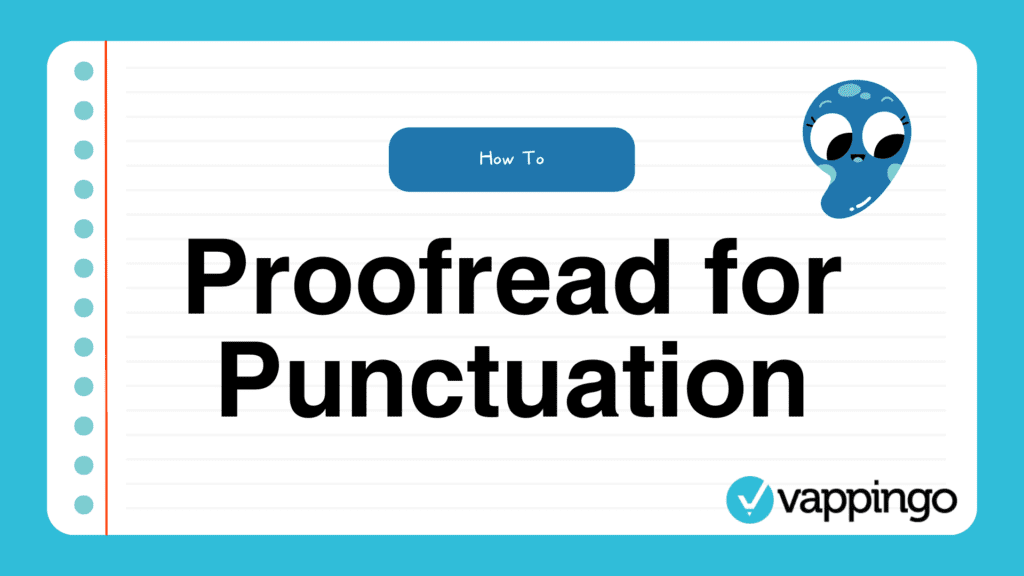Proofreading punctuation correctly is an extremely important skill for proofreaders.
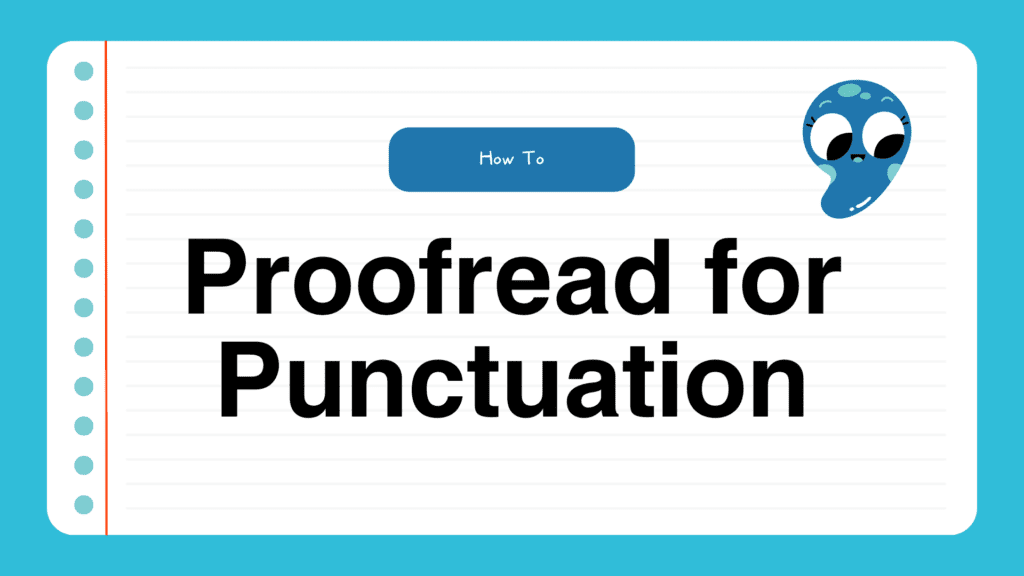
We’ve all seen those memes spelling out the tragic demise of Grandma as a result of a missing comma. But, jokes aside, if you’re writing an important document, like a dissertation, product manual, or statement of purpose, it’s critical that rogue or missing punctuation doesn’t alter the entire meaning of your text.
Proofreading punctuation involves finding and correcting errors involving commas, apostrophes, colons and semicolons, parentheses and brackets, quotation marks, hyphens and dashes, question and exclamation marks, and periods.
If you’re a little sketchy about the various punctuation marks that are in use, this guide and free printable booklet is just for you. We’ll take a look at each of the prominent punctuation marks professional proofreaders need to be on the lookout for, share examples of their correct use, and review the ways in which they are often used incorrectly.
Proofreading Punctuation: Common Punctuation Marks
Period
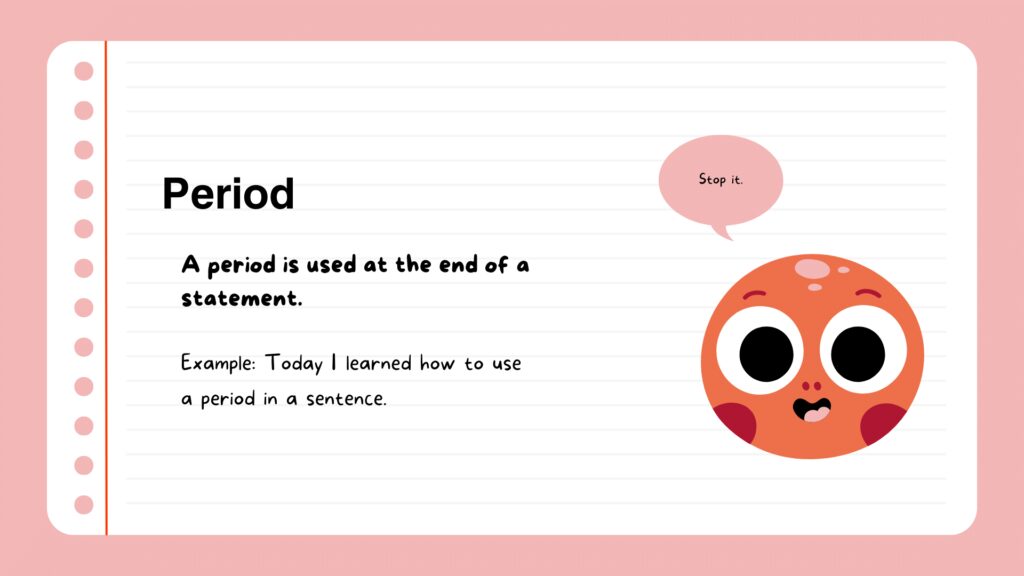
The period (or “full stop” if you’re a Brit) is one of the simplest punctuation marks to master. When proofreading, you need to check that every sentence ends with a period.
Difficulty generally arises when periods are used with other punctuation marks. For instance,
You gave me such a fright!.
How many days vacation are you taking this year?.
If it is grammatically correct to end the sentence with any other type of punctuation mark, you can leave the period out.
Comma
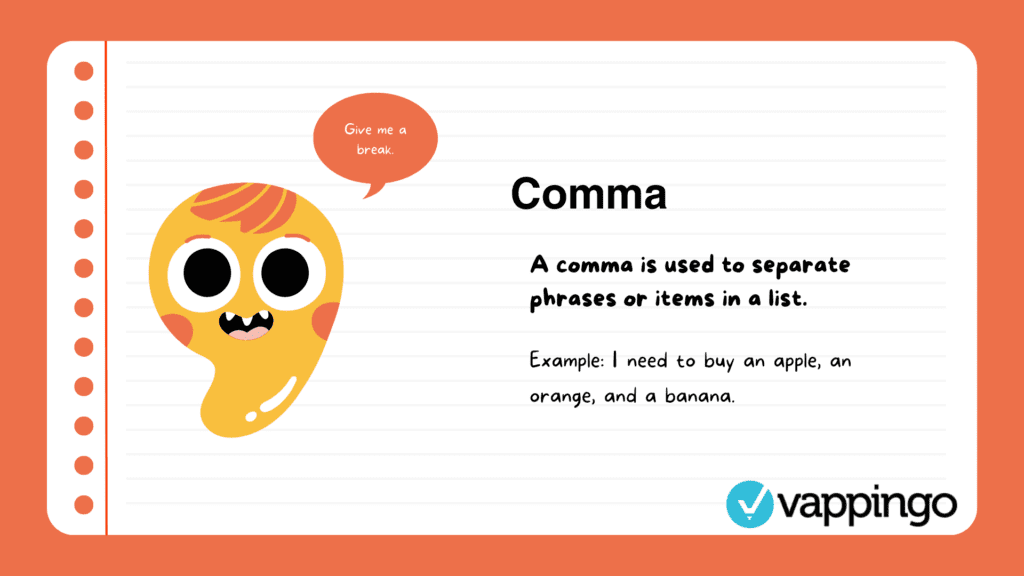
The comma is pretty much the hardest punctuation mark to master.
When proofreading punctuation, it’s likely that the majority of the problems you encounter will be comma-related. It’s important that you find and correct these problems because punctuation errors can change the meaning of a text.
Comma use is complex. There are a LOT of rules to master. However, to proofread punctuation effectively, you will need to understand them all.
Our online proofreaders are experts in comma rules. We have also published a simple guide to using commas that lists all comma rules in an easy-to-understand format.
Exclamation Mark
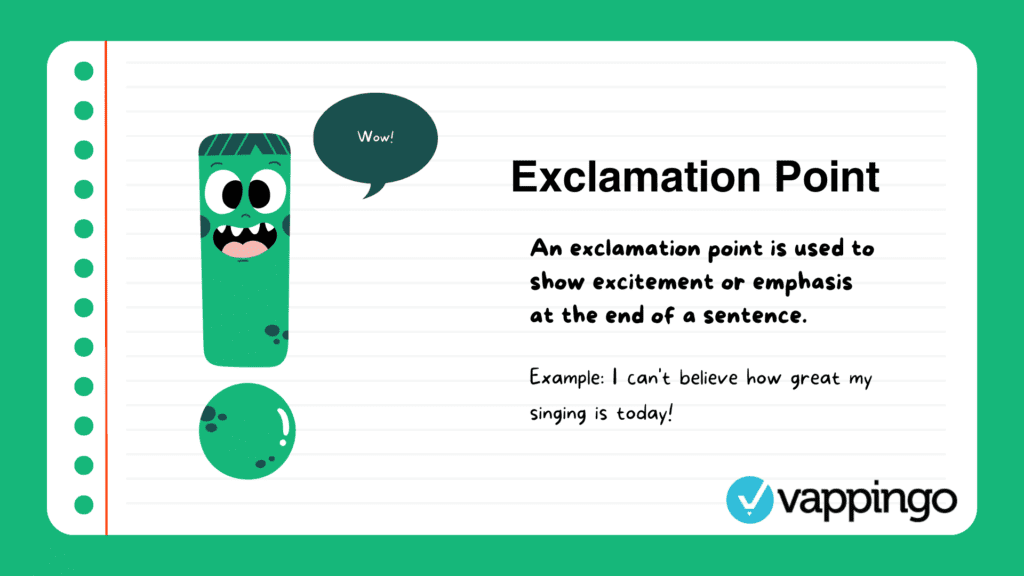
While proofreaders typically have to add missing commas, when it comes to using exclamation marks, it’s overuse that’s the issue.
Exclamation marks should be used VERY sparingly.
They commonly appear at the end of a sentence to express strong emotion. For instance,
You have got to be kidding me!
I was terrified!
I’m so excited about the party!
However, they may also be used as an interjection to emphasize a single word or part of a sentence that expresses abrupt emotion.
Interjections typically appear at the beginning of a sentence. When they are used on their own, they can be a sentence in their own right. For example:
Wow! You really are fast at running.
Help! There’s an enormous spider in the bath.
Proofreading Punctuation: Question Mark
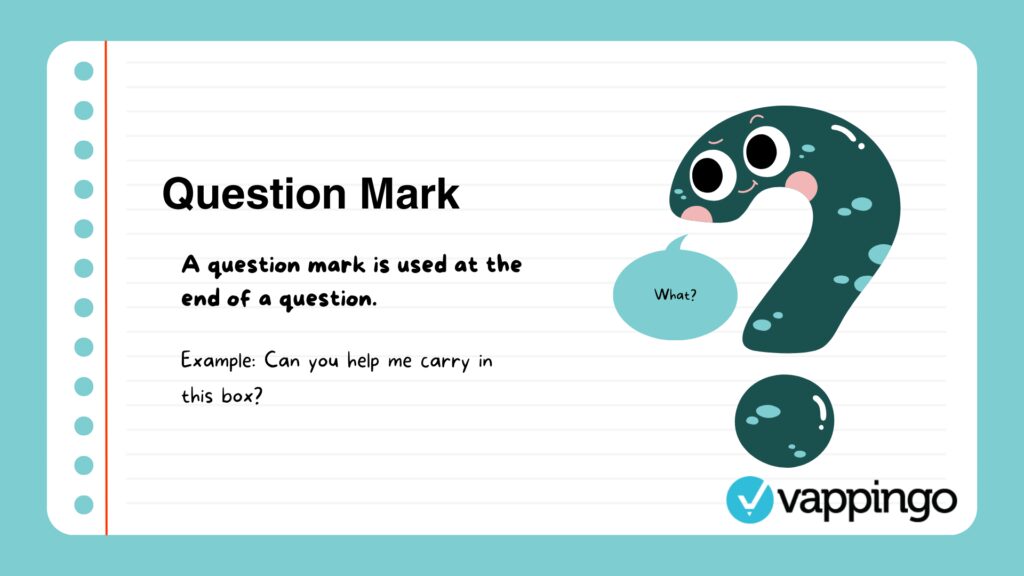
The question mark is a pretty easy punctuation mark to master, and most people understand it appears at the end of a sentence that takes the form of a question.
Like the period, proofreaders are typically on the lookout for missing question marks as opposed to incorrect use of them.
That said, some people have a tendency to overuse the question mark. For instance, some people may use two question marks (or more) together to express disbelief:
How did you make such a huge mess??
When proofreading punctuation in an informal document, you can ignore duplicate question marks in some circumstances. However, if the document you are checking is formal, delete any extra question marks.
Apostrophe
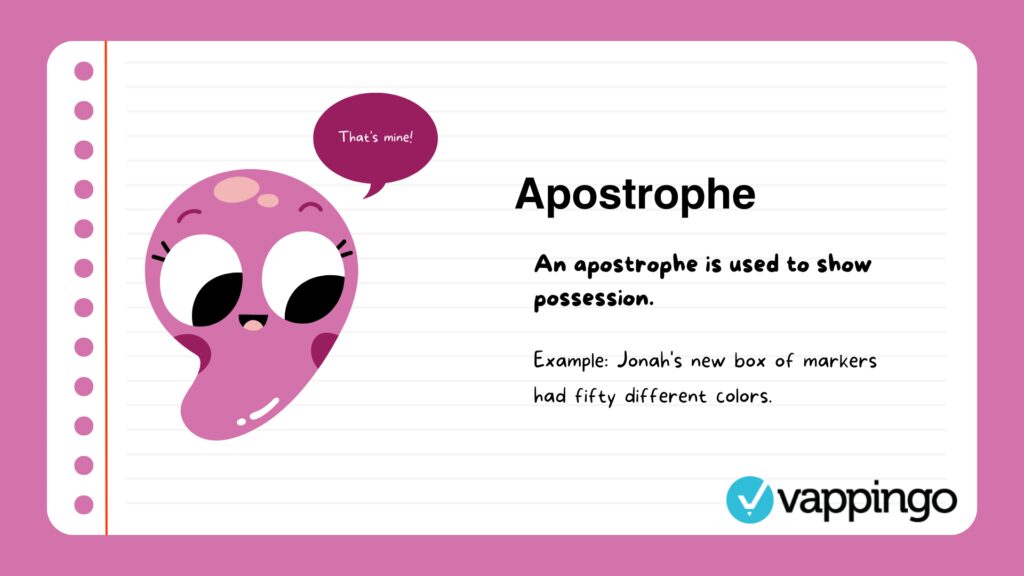
Apostrophes are very much like fireworks: You shouldn’t use them if you don’t quite know what you’re doing, as these unnecessary apostrophes prove.
However, given that people have more chance of needing to use apostrophes in their daily lives than fireworks, it’s important that proofreaders know how to correct issues with this particular punctuation mark.
When proofreading punctuation, use this handy flowchart to determine the correct usage of apostrophes and whether you need them at all: apostrophe flowchart.
Semi-colon
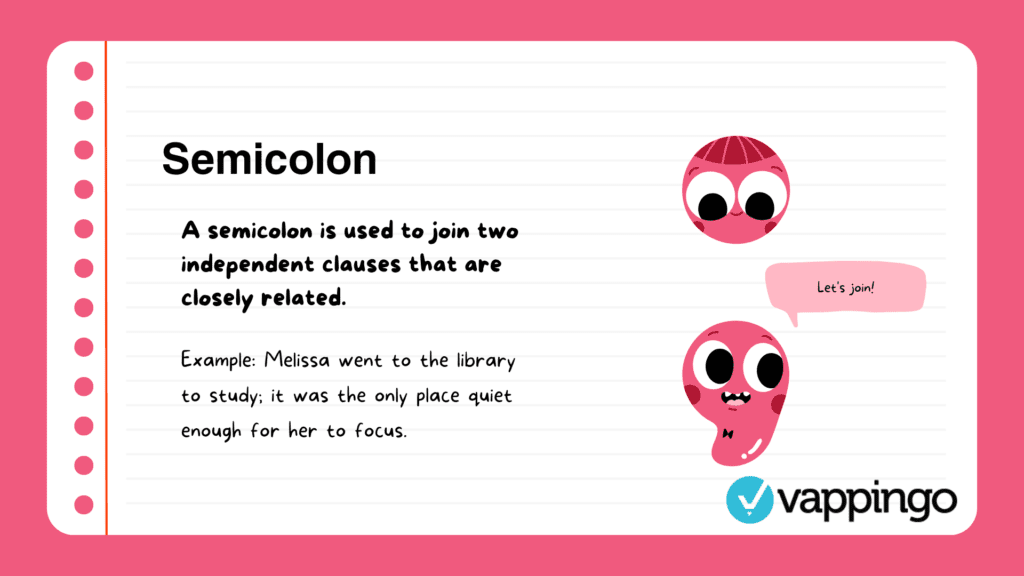
The semicolon is one of the simpler punctuation marks because it only has one major use. If you’re wondering when to use a semi-colon, bear in mind that it can be used to join two complete sentences providing three conditions are met:
- (1) The two sentences are felt to be too closely related to be separated by a full stop;
- (2) There is no connecting word that would require a comma, such as and or but;
- (3) The special conditions in which a colon are required are not present.
For instance,
I refuse to tidy your bedroom again; I only did it yesterday
A semicolon can be a useful way of avoiding a splice comma. In principle, a semi-colon can be substituted with a full stop (to create two separate sentences) or by the word and. For instance:
I have a major headache; I need to go home.
I have a major headache. I need to go home.
I have a major headache, and I need to go home.
Proofreading Punctuation: Ellipsis
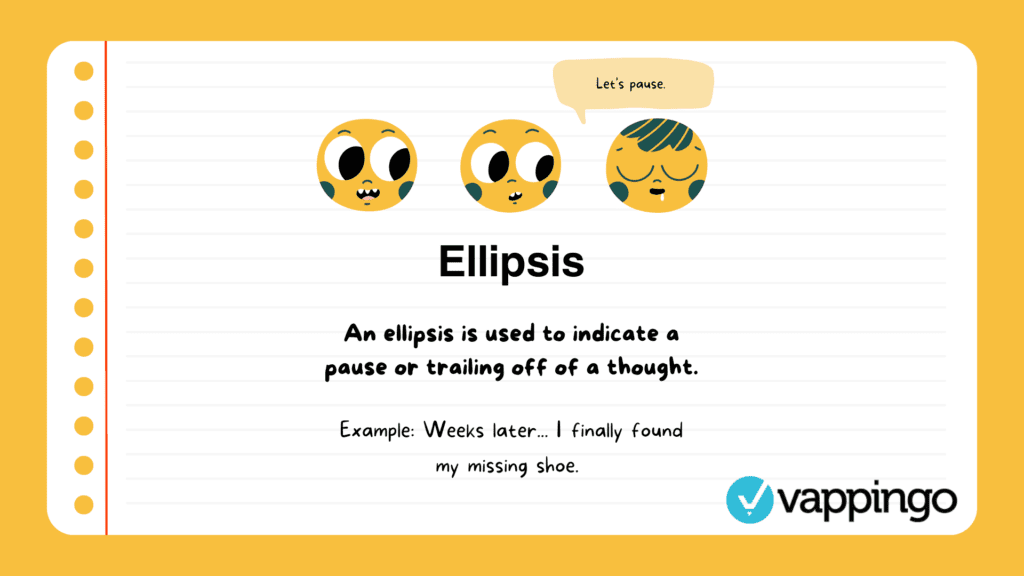
The ellipsis, also known as dot-dot-dot, is like a dramatic pause in written form. Like that moment when you want to say more, but you just can’t quite find the words. It’s the linguistic equivalent of a shoulder shrug or a knowing nod.
The ellipsis is the ultimate cliffhanger, leaving your reader hanging on the edge of their seat, wondering what’s coming next…
It’s almost like the dot-dot-dot is saying, “you know there’s more to this story, but I’ll leave it to your imagination.” So embrace the ellipsis, let it be your linguistic wingman, and use it to add a touch of mystery and intrigue to your writing.
But remember: There are only three dots in an ellipsis.
Colon
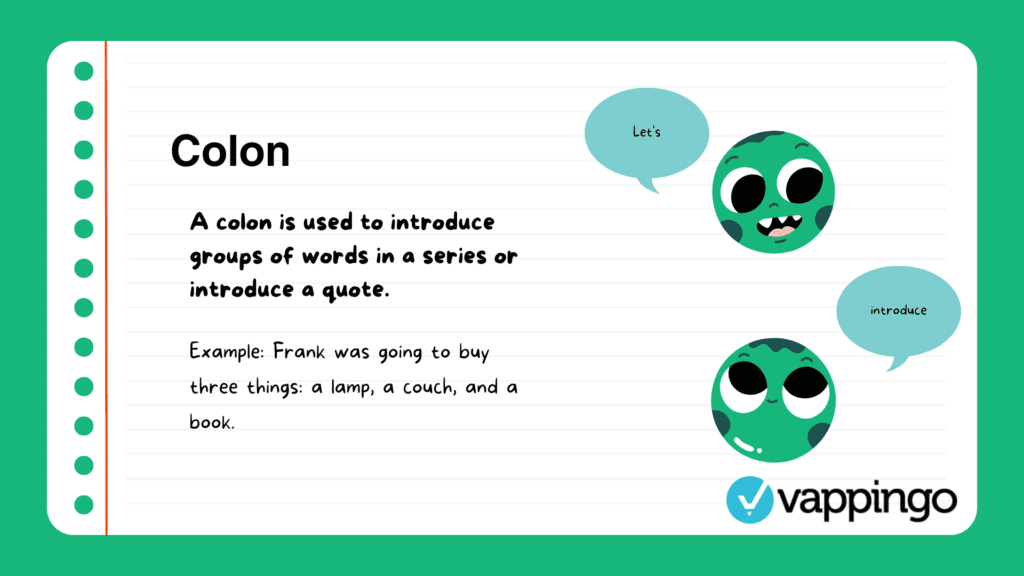
Ah, the colon: the punctuation mark that’s always ready to bring on the drama.
It’s like the diva of the punctuation world, demanding attention and making a statement with every appearance. With its two dots stacked on top of each other like a tiny set of stairs, the colon beckons the reader to stop, look, and listen.
It’s the punctuation equivalent of a drumroll, a prelude to something big, bold, and perhaps a little unexpected. Whether you’re using it to introduce a list, emphasize a point, or simply make a dramatic pause, the colon is always there to add a touch of flair to your writing. So go ahead, embrace your inner diva and let the colon steal the show!
Not sure when to use one? Check out these simple colon rules.
Quotation Marks
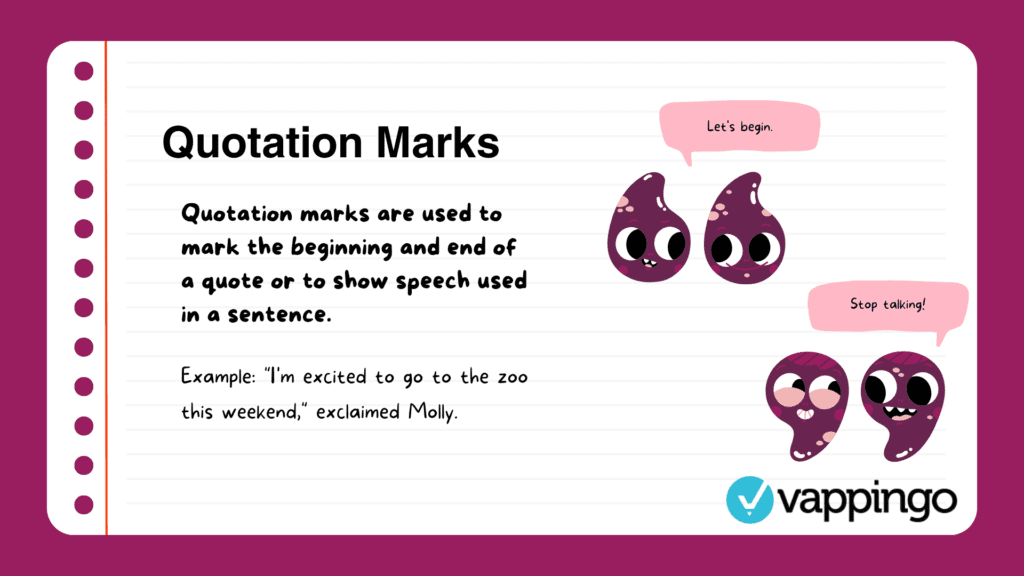
The tiny, twin guardians of direct speech.
Quotation marks are like the bouncers at the club of language, making sure that only the exact words of the speaker can get through.
They can also be used as a signal to the reader that something important or interesting is being said, so pay attention!
And let’s not forget their versatility – they can be used for more than just direct speech. They can denote irony, highlight unfamiliar terms, or even indicate the title of a work. Quotation marks are like a Swiss Army knife of punctuation marks, always ready to lend a hand when you need them.
Be careful, though, unnecessary quotation marks are very common and often very funny.
Free Proofreading Punctuation Guide
Download our free printable guide to proofreading punctuation by clicking on the image below. It’s yours to print out and use whenever you are proofreading an important document.

